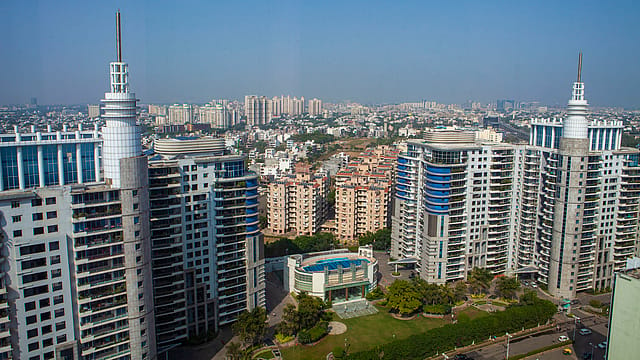Housing prices up 5% amid healthy demand: Report
ADVERTISEMENT

A resurgence in residential real estate demand has led to a 5% increase in property prices across the top eight cities while registering a marginal decline in unsold inventory during the April-June quarter of 2022, according to a joint report by Credai, Colliers and Liases Foras.
Delhi-NCR saw the highest increase in residential prices at 10% year-on-year, followed by Ahmedabad and Hyderabad with 9% and 8% YoY increase respectively, the report shows.
Residential prices, which have surpassed pre-pandemic levels, have been seeing an upward trend led by rising demand amid rising prices of construction materials.
The sales momentum that started in the latter part of last year continued in Q2 2022 as well, led by pent-up demand and attractive pricing, says the report.
Despite rising prices and an increase in new launches in the last few quarters, unsold inventory saw a dip in the majority of the cities. Bengaluru witnessed the steepest decline of 21% year-over-year in its inventory overhang, led by higher sales. Only Hyderabad, Mumbai Metropolitan Region (MMR) and Ahmedabad saw an increase in unsold inventory, which was led by significant new launches. MMR still accounts for the highest share in unsold inventory at 36%, followed by 14% in Delhi- NCR and 13% in Pune.
December 2025
The annual Fortune 500 India list, the definitive compendium of corporate performance, is out. This year, the cumulative revenue of the Fortune 500 India companies has breached $2 trillion for the first time. Plus, find out which are the Best B-schools in India.
This comes days after the Reserve Bank of India (RBI) hiked the repo rate to 5.4%, taking the key policy rate back to pre-pandemic levels – the highest since August 2019. It also marked the end of the low-interest rates regime which drove housing sales across the country during the pandemic.
“The central bank continues to increase repo rates to offset the impact of inflation and banks are expected to increase loan interest rates including that of home loans. As captured in this report, the housing prices have increased between 2-5% across cities, as materials and labour costs continue to remain high,” says Harsh Vardhan Patodia, president of CREDAI National.
“We may see a marginal dip in demand due to increasing interest rates, but I am confident that the sales will continue to grow across segments from September, as we enter the festive season,” Patodia adds.
Rising homeownership amongst millennials supported by higher disposable income and willingness to upgrade to larger spaces equipped with better amenities have sparked a sharp growth in housing demand in the last few quarters, says Ramesh Nair, chief executive officer and managing director of Market Development Asia at Colliers.
While the RBI has increased the repo rate amid inflationary pressures and banks have already begun increasing the lending rates, the upcoming festive season, however, is likely to keep the market sentiment high resulting in higher sales, adds Nair.
“With discounted EMI schemes, we see early signs of developers absorbing the impact of increasing interest rates. Sales volumes are likely to improve as we see growing new supply with festive offers,” says Pankaj Kapoor, managing director of Liases Foras.
